
Look straight at the existence
Recognizing the limitations in the past term, the draft Political Report of the 1st Congress of the Ho Chi Minh City Party Committee, term 2025-2030, did not avoid but frankly pointed out the bottlenecks. Typically, the strategic breakthroughs lacked synchronization, in which the infrastructure did not meet the need to be one step ahead, especially the inter-regional transport infrastructure.
Regarding this limitation, the Political Report pointed out: "Regional linkage and regional governance are not strong enough; building a unified economic space is not effective; the economic interests of each locality are constrained by administrative boundaries, causing resource dispersion and even eliminating common advantages....".
For example, the Cat Lai bridge project - the shortest road connecting Ho Chi Minh City, Dong Nai Province and Ba Ria - Vung Tau Province (old), although planned, has not been able to come up with a design plan for decades even though the two localities (Ho Chi Minh City, Dong Nai Province) have met many times to discuss. Or the Ho Chi Minh City - Moc Bai Expressway connecting with Tay Ninh Province has also been "on paper" for quite a long time. National Highway 13 has not been connected to Binh Duong Province (old), and traffic congestion is frequent in the section passing through Ho Chi Minh City because it has not been expanded...
Mr. Nguyen Xuan Thanh, senior lecturer at the Fulbright School of Public Policy and Management, commented that recently, infrastructure projects that have been invested quickly, on schedule or ahead of schedule and put into operation are almost all located within the administrative boundaries of a province or city. Infrastructure projects connecting two provinces and cities that have been invested quickly and on schedule have almost never been completed.

Associate Professor Dr. Nguyen Quoc Dung, former Director of the Regional Political Academy II, said that the most pressing problem for Ho Chi Minh City residents today is the persistent traffic congestion and flooding. The flood prevention project, which takes into account climate change factors and has a total investment of VND10,000 billion, has been stuck in procedures and delayed for many years, and is still not completed.
Regarding this issue, the Political Report also pointed out: "Urban planning, management and development have not kept up with population growth and climate change; there is a lack of resources to effectively solve basic and urgent problems such as flooding, environmental pollution, traffic congestion...".

Building a "mission-worthy" apparatus
Deputy Prime Minister Nguyen Chi Dung, when he was still Minister of Planning and Investment, said in a speech at a meeting of the National Assembly Standing Committee that in 2022 alone, the Ho Chi Minh City People's Committee asked the Ministry of Planning and Investment 584 documents, and the Ministry had to respond to 604 documents.
According to experts, the biggest structural bottleneck is that the government apparatus is not operating effectively and efficiently. The draft Political Report frankly pointed out: "Awareness, capacity, leadership, direction, and management skills at many levels and in many sectors are not really up to the task; they are not strong enough to handle emerging issues and promptly forecast and respond to policies. A number of cadres and civil servants do not dare to think, dare to do, dare to take responsibility. The role, responsibility, and mettle of leaders in some places do not meet the requirements of the task, lacking the will and determination to make breakthroughs...".
Senior lecturer at the Fulbright School of Public Policy and Management, Nguyen Xuan Thanh, said that local leaders should “not wait” for mechanisms or instructions from the Central Government, but should first listen to the people, face their concerns and resolve those concerns based on the opinions, needs, desires and aspirations of the people to realize policies within the local authority.
Associate Professor Dr. Nguyen Quoc Dung acknowledged that building a cadre team in the new period to be "up to the task" requires clear standards. In particular, the most important criteria is that cadres must have vision, strategic thinking, planning and implementing major decisions, worthy of a large urban scale like Ho Chi Minh City. The draft political report also clearly stated: The next standard for cadres is to be good at expertise, proficient in profession, do each job with confidence, dare to think, dare to do.

From July 1, 2025, the two-level local government officially operates. Ho Chi Minh City merges Binh Duong and Ba Ria - Vung Tau provinces to become a regional "super city". Up to now, the organization and personnel of the two-level government of Ho Chi Minh City have basically stabilized. However, the work of building the government still needs to be further improved in the coming time.
Secretary of the Party Central Committee, Secretary of the Ho Chi Minh City Party Committee Tran Luu Quang said that in the near future, there will be a major change in personnel work to build an effective and efficient government apparatus, meeting the requirements of bringing the city to the forefront along with the whole country into the era of national development. The city's Party Committee agreed to adhere to four principles, which are selecting people for the job; listening; being democratic and not conservative, and performing all aspects of work better and better.
Source: https://hanoimoi.vn/tp-ho-chi-minh-nhan-dien-diem-nghen-de-khoi-thong-va-phat-trien-718566.html








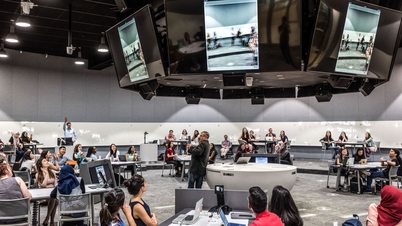



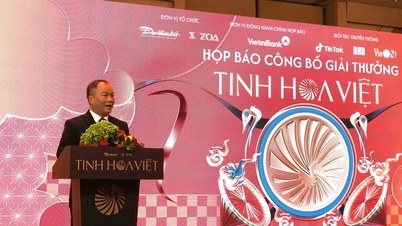
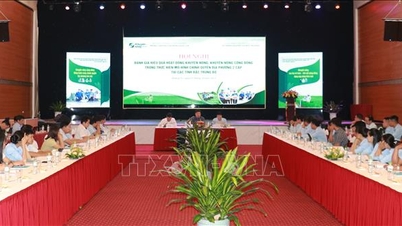


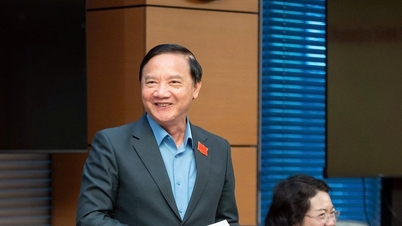
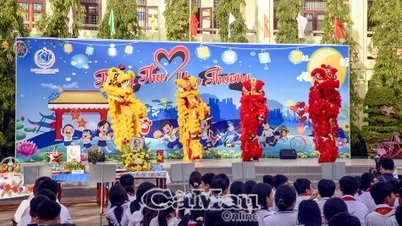



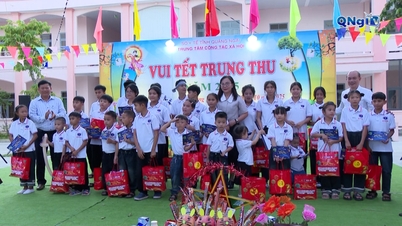

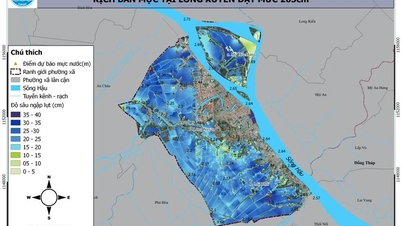

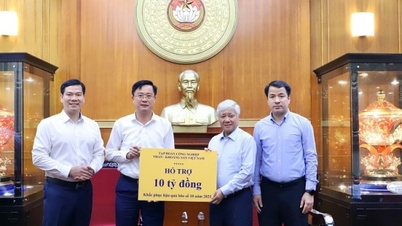

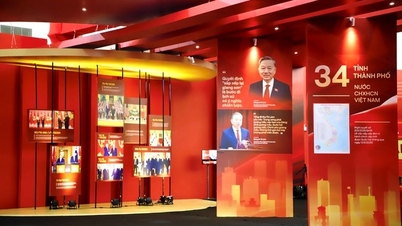






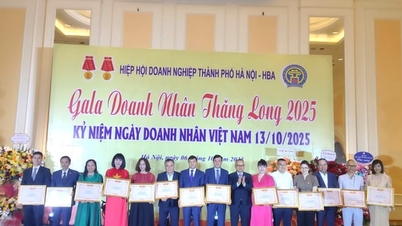
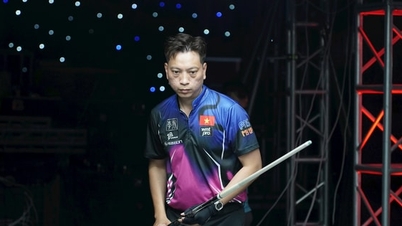

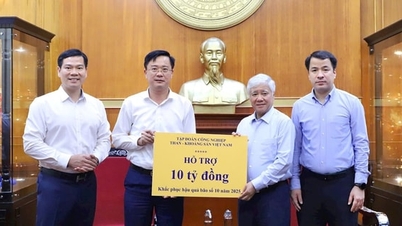













































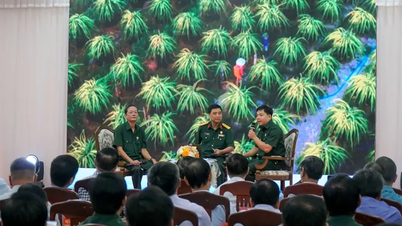



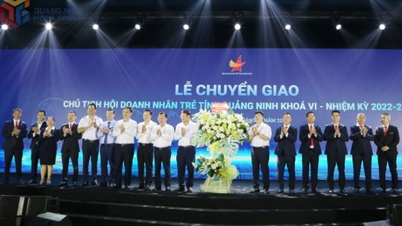
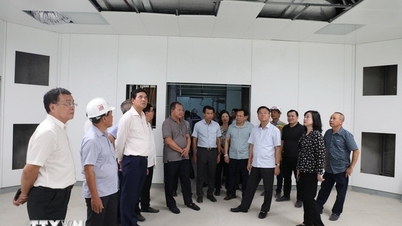














Comment (0)